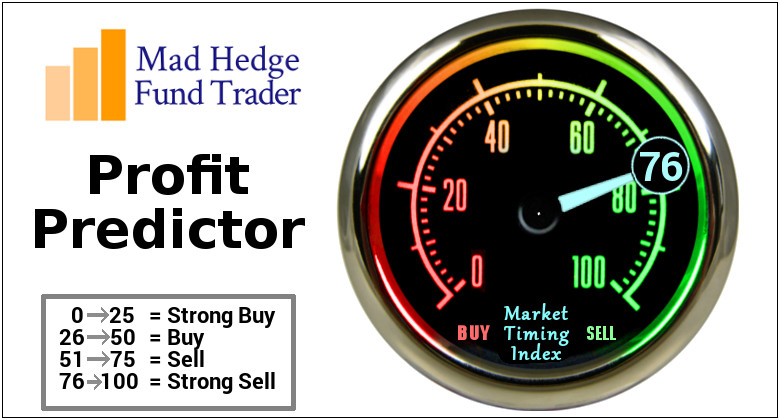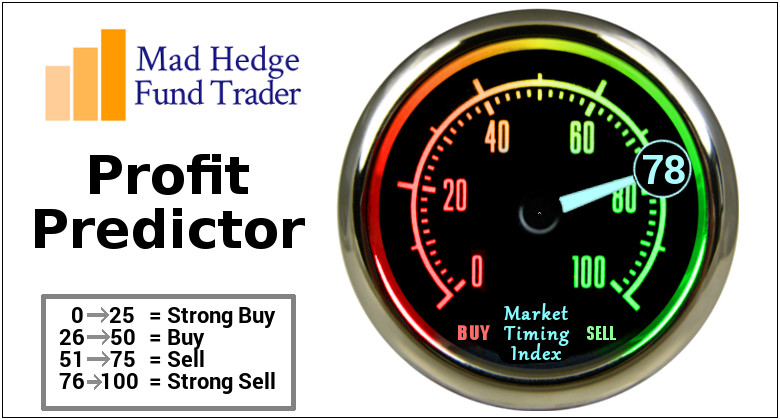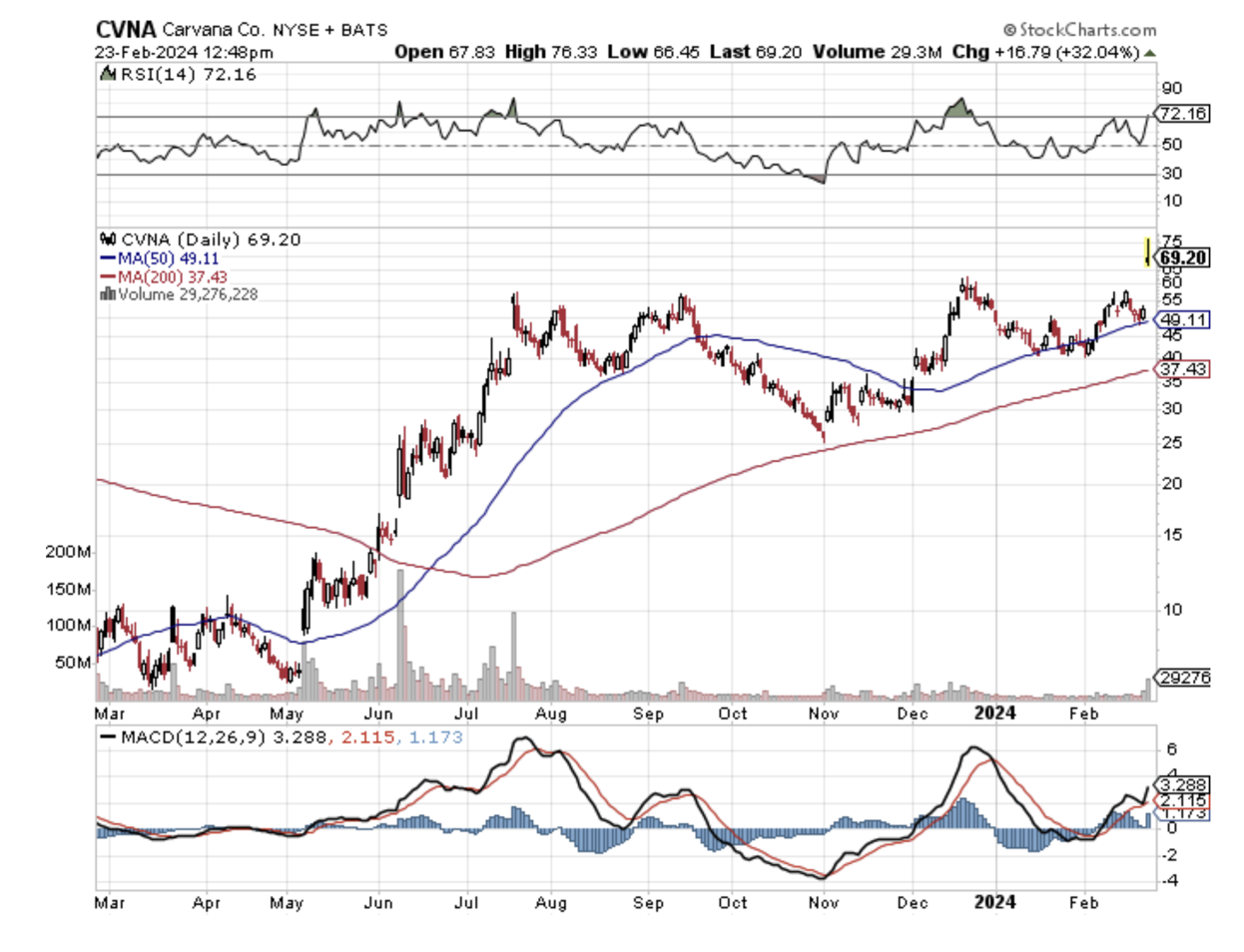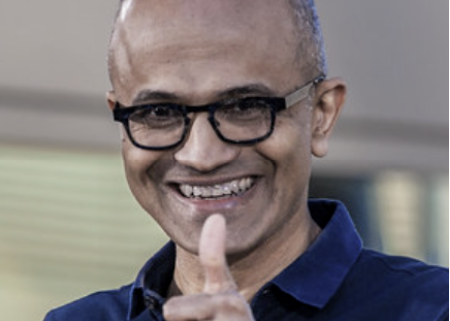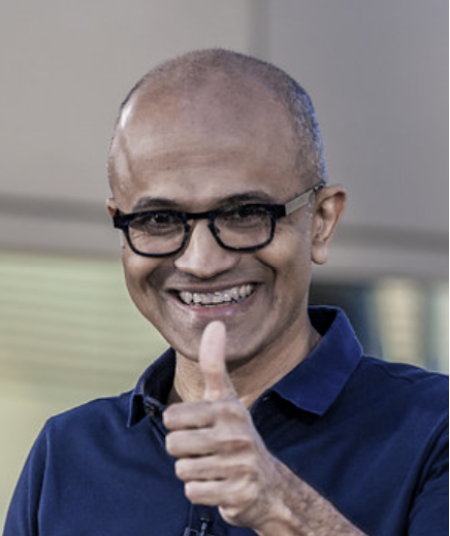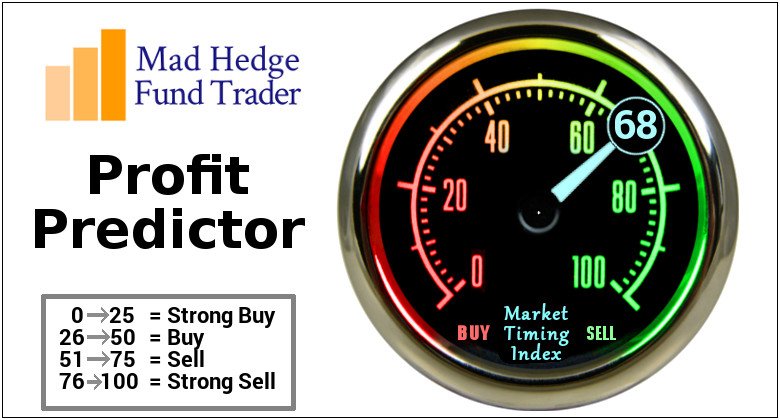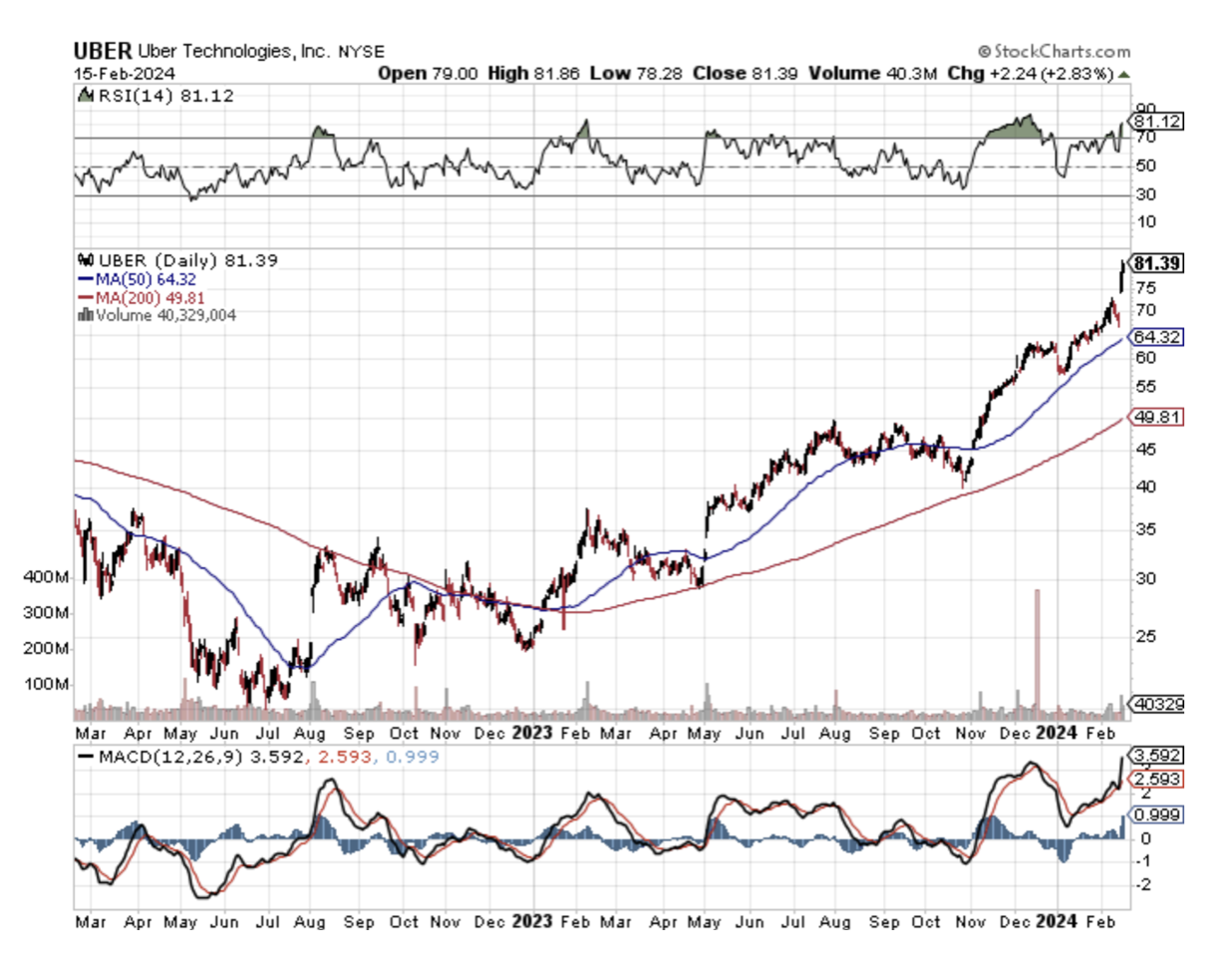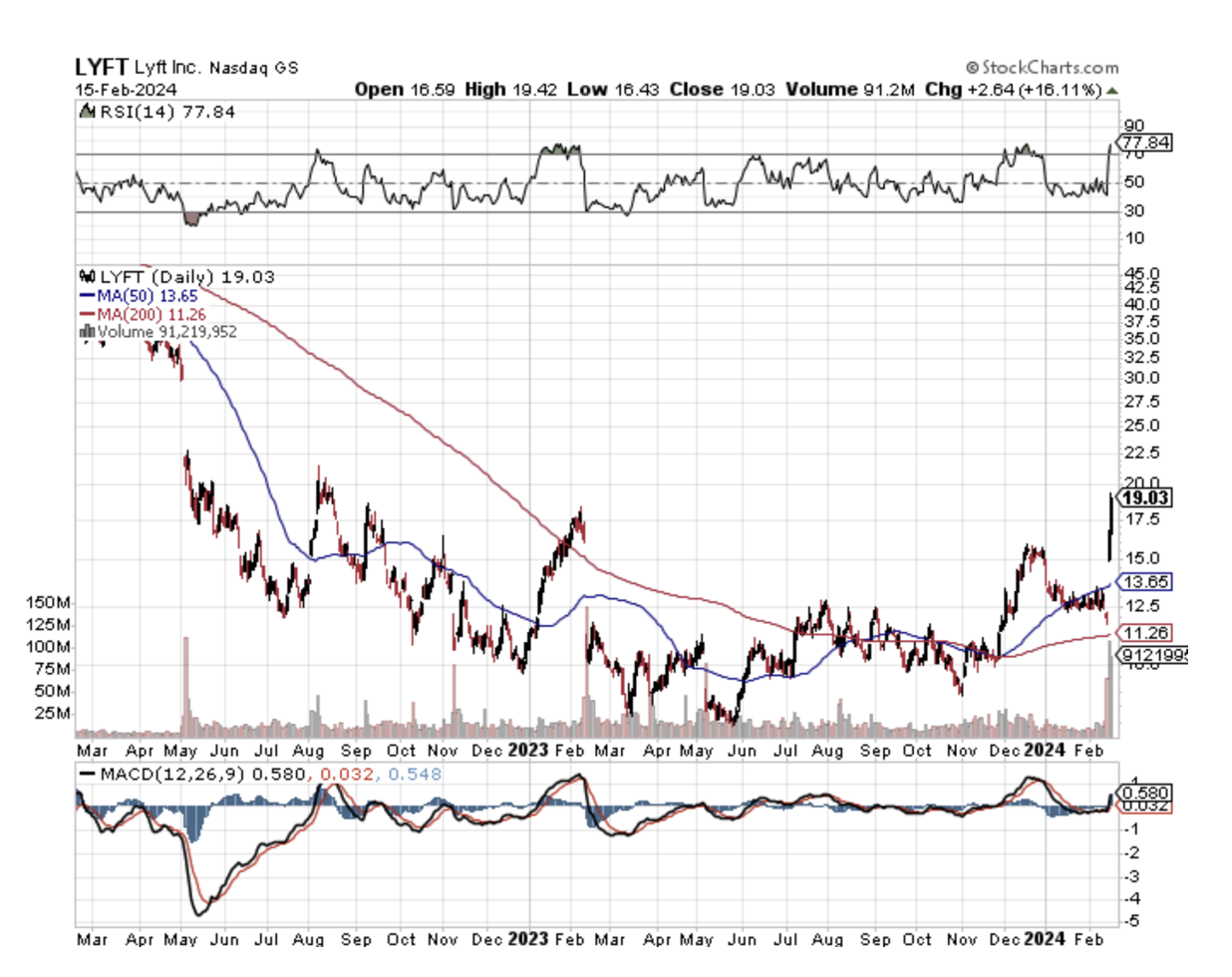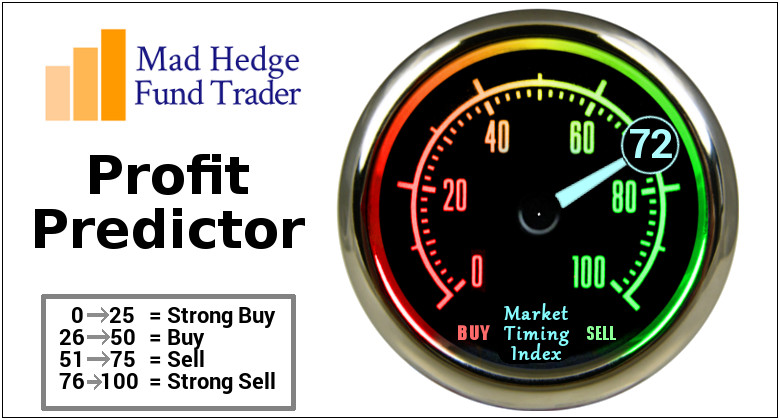The Amazon of Latin America is a stock that has done well this year, but that doesn’t mean the party is over.
Like many other tech stocks this year, they have performed exceptionally strong in the past year and MercadoLibre (MELI) is no different.
The stock has returned 42% in the past year and the 13% dip from the most recent earnings report has presented an appetizing entry point.
The Amazon of Latin America fell the most in nearly two years after posting fourth-quarter earnings that fell short of analyst estimates, hoisting a major hurdle to the major stock rally over the past year.
Shares slumped 13% Friday, the worst intraday drop since May 2022, after the company reported earnings per share of $3.25 — about half of the $7.17 analysts had forecast. It was the first miss since at least mid-2022.
The lower number, which was boiled down to one-off costs and higher logistics left a sour taste in the mouth of MELI investors.
MercadoLibre's revenue growth over the last three years has been in overdrive, averaging 56.8% annually.
This quarter, MELI registered an impressive 41.9% year-on-year revenue growth.
Usage Growth As an online marketplace, MercadoLibre generates revenue growth by increasing both the number of users on its platform and the average order size in dollars.
Over the last two years, MercadoLibre's daily active users, a key performance metric for the company, grew 24.6% annually to 145 million. This is fast growth for a consumer internet company.
In Q4, MercadoLibre added 48 million daily active users, translating into 49.5% year-on-year growth.
Average revenue per user (ARPU) is a critical metric to track for consumer internet businesses like MercadoLibre because it measures how much the company earns in transaction fees from each user.
Furthermore, ARPU gives us unique insights as it's a function of a user's average order size and MercadoLibre's take rate, or "cut", on each order.
MercadoLibre's ARPU growth has been excellent over the last two years, averaging 16.8%. The company's ability to increase prices while growing its daily active users at such a fast rate reflects the strength of its platform, as its users are spending significantly more than last year. This quarter, ARPU declined 5% year on year to $29.39 per user.
It posted full-year net revenue of around $14.5 billion and net income of $1.2 billion for the year. Revenue and payment volumes beat expectations for the last three months of 2023.
Naturally, buyers and sellers gravitate towards a singular marketplace, consolidating the dominion of Amazon and Mercado Libre while marginalizing smaller retailers.
This monopolistic stranglehold, compounded by the excessive capital investments requisite for technological infrastructure, inventory management, and advertising, perpetuates a vicious cycle of exclusion and inequality, relegating smaller players to the fringes of the digital marketplace.
MELI is part of this duopoly in South America and I see any big dips as good buying opportunities.

